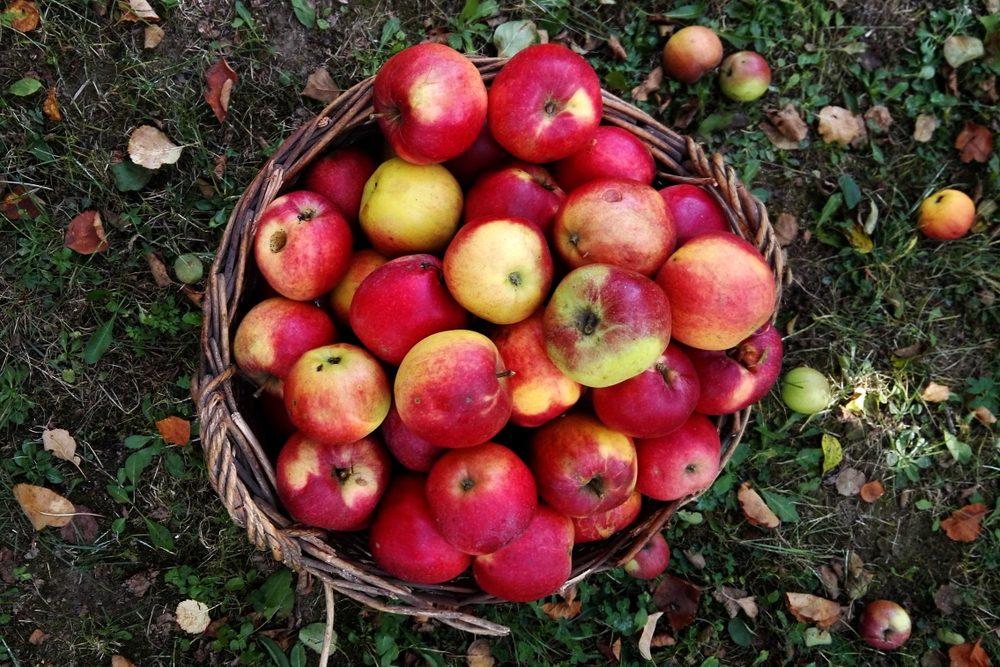Strolling through my local farmers market, I stop to see a spectacle: Apples scattered across a vendor’s table look like the cantina scene out of a fruit version of Star Wars.
The colors are all wrong, as are the shapes and flavors. Some are russet and rough-skinned like a potato, others list “strawberry” or “banana” in their profiles. Blue Pearmain? Yellow Newtown Pippin? Holstein? Isn’t that a cow?





